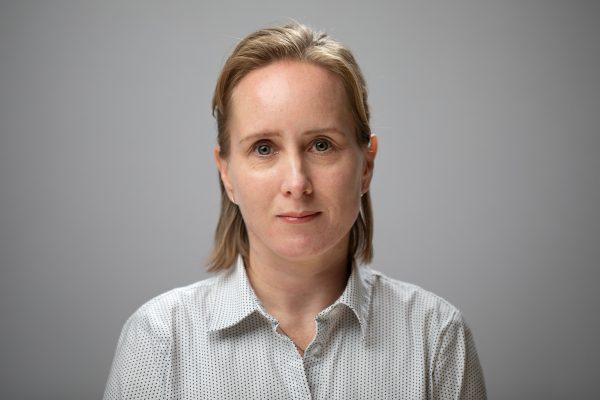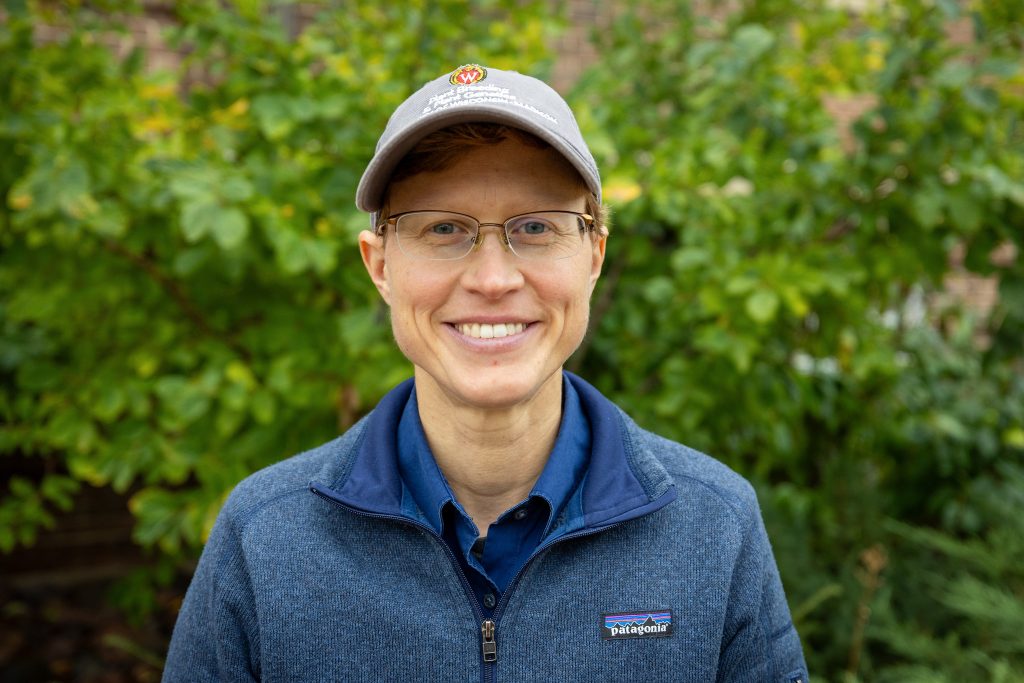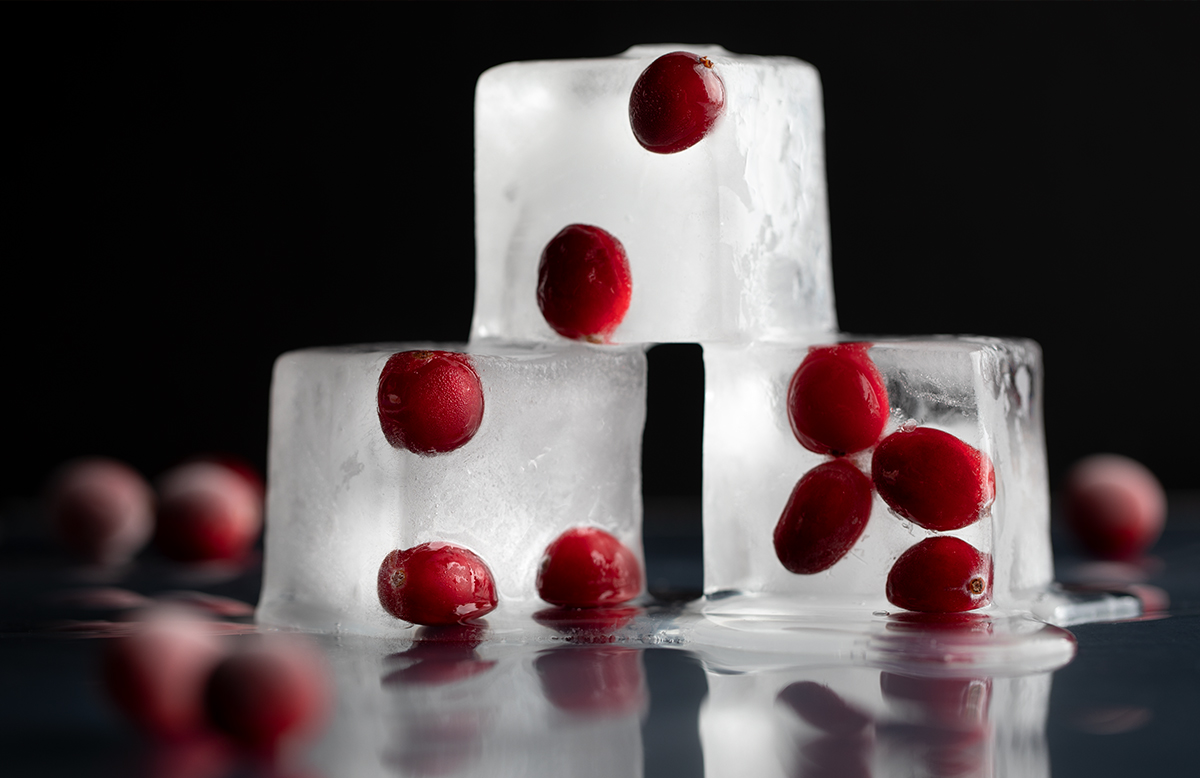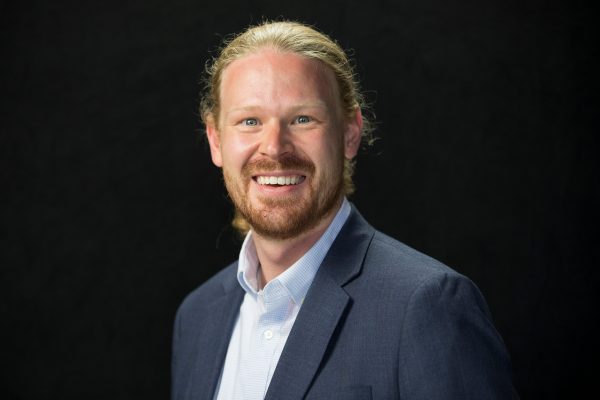
Chris Emfinger Receives 2023-24 Boyer Award
Chris Emfinger, postdoctoral researcher in the Attie Lab, is the recipient of the 2023-24 Boyer Award for Postdoctoral Excellence in Biochemistry.

Chris Emfinger, postdoctoral researcher in the Attie Lab, is the recipient of the 2023-24 Boyer Award for Postdoctoral Excellence in Biochemistry.

Inna Popova, assistant professor in the UW–Madison Department of Soil Science, has been selected to receive the inaugural Leo M. Walsh Faculty Fellow Award.

Julie Dawson, an associate professor and extension specialist in the UW–Madison Department of Plant and Agroecosystem Sciences, was recently named the Clif Bar and Organic Valley Chair in Plant Breeding for Organic Agriculture.

At the Wisconsin Cranberry Research Station, CALS scientists team up with growers to solve some of the toughest problems that arise while cultivating this native fruit crop — including exposure to frigid temperatures.

Kaiping Chen, an assistant professor in the Department of Life Sciences Communication who specializes in computational communication, has been named the first recipient of the Burkhardt Seed Grant Professorship. This professorship supports and encourages early-stage, high-risk/high-reward research at UW–Madison.

Michael Sussman, professor of biochemistry, is the first recipient of the Salm-Bray Distinguished Chair at the UW–Madison College of Agricultural and Life Sciences. This chair recognizes and rewards a faculty member who demonstrates exceptional cross-disciplinary scholarship and collaboration in the area of human or animal health, and who advances the impact of agriculture through the identification and development of novel bio-functional compounds.
Kent Weigel and Milo Wiltbank, both professors in the University of Wisconsin–Madison Department of Animal and Dairy Sciences, have been named the inaugural recipients of the university’s new Judge John J. Crown chair appointments.

Andrew Stevens, assistant professor in the Department of Agricultural and Applied Economics, was recently selected to receive the Myron H. and Anna Atwood Faculty Fellow Award. Stevens is an economist with broad research interests in agricultural and food policy.
